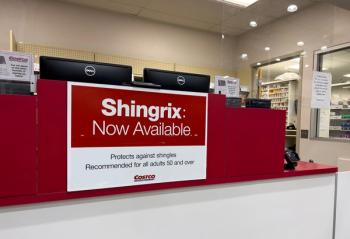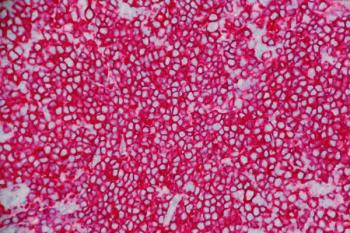
Hemophilia Drug Shows Promise in Extending Time Between Infusions
Majority of participants experienced no spontaneous joint bleeding episodes.
Majority of participants experienced no spontaneous joint bleeding episodes.
Biogen and Swedish Orphan Biovitrum AB recently announced newly published clinical data that reveals people on extended-interval prophylaxis regimens with Antihemophilic Factor Recombinant, Fc Fusion Protein (Eloctate) experienced low bleeding rates.
The results to the open-label extension study called ASPIRE were published online in Haemophilia, the journal of the World Federation of Hemophilia, the European Associate for Haemophilia and Allied Disorders and the Hemostasis & Thrombosis Research Society. ASPIRE was an open-label, non-randomized study that ran multiple years to evaluate patients who completed either the Phase 3 A-LONG or Kids A-LONG studies. The study included 211 males, of which 150 patients completed A-LONG and 61 who completed Kids A-LONG.
The results of the study found patients maintained or extended their dosing intervals between treatments compared with those involved in the A-LONG and Kids A-LONG studies. In the ASPIRE study, the average time was 80.9 weeks for adults and adolescents completing the A-LONG study, and 23.9 weeks for children completing the Kids A-LONG study. Inhibitor development is the primary endpoint of ASPIRE; no inhibitors were reported in any treatment groups.
As indicated by the interim ASPIRE analysis, adults and adolescents experienced annualized bleeding rates (ABRs) of 0.66, 2.03 and 1.97 in the individualized, weekly and modified prophylaxis arms respectively. Children on individualized prophylaxis also experienced low bleeding rates. The overall median ABR for children less than 6 years of age was 0.0 and 1.54 for children aged 6 to 12.
The publication also indicates changes in prophylactic infusion frequency from the end of the A-LONG study through the interim analysis. Seventy-two percent of the adults and adolescents who had previously been treated prophylactically and who remained in the study through the interim analysis maintained their prophylactic dosing interval and 22% lengthened and six percent shortened the time between infusions.
The average cumulative duration of treatment from the beginning of the A-LONG and Kids A-LONG studies through the ASPIRE interim data analysis was 117.7 weeks for adults and adolescents and 51.5 weeks for children younger than 12 years.
Across all age groups there were no reports of serious allergic reactions or vascular clots. The most common side effects included the common cold, joint pain, and upper respiratory infection.
“The design of the ASPIRE study provides physicians a high degree of dosing flexibility, with the goal of reflecting their real-world treatment practices,” said Guy Young, MD, director of the Hemostasis and Thrombosis Center, at the Children’s Hospital of Los Angeles. “The results suggest prophylaxis with Eloctate shows efficacy and safety for the long-term treatment of hemophilia A.”
Newsletter
Stay informed on drug updates, treatment guidelines, and pharmacy practice trends—subscribe to Pharmacy Times for weekly clinical insights.














































































































































































































